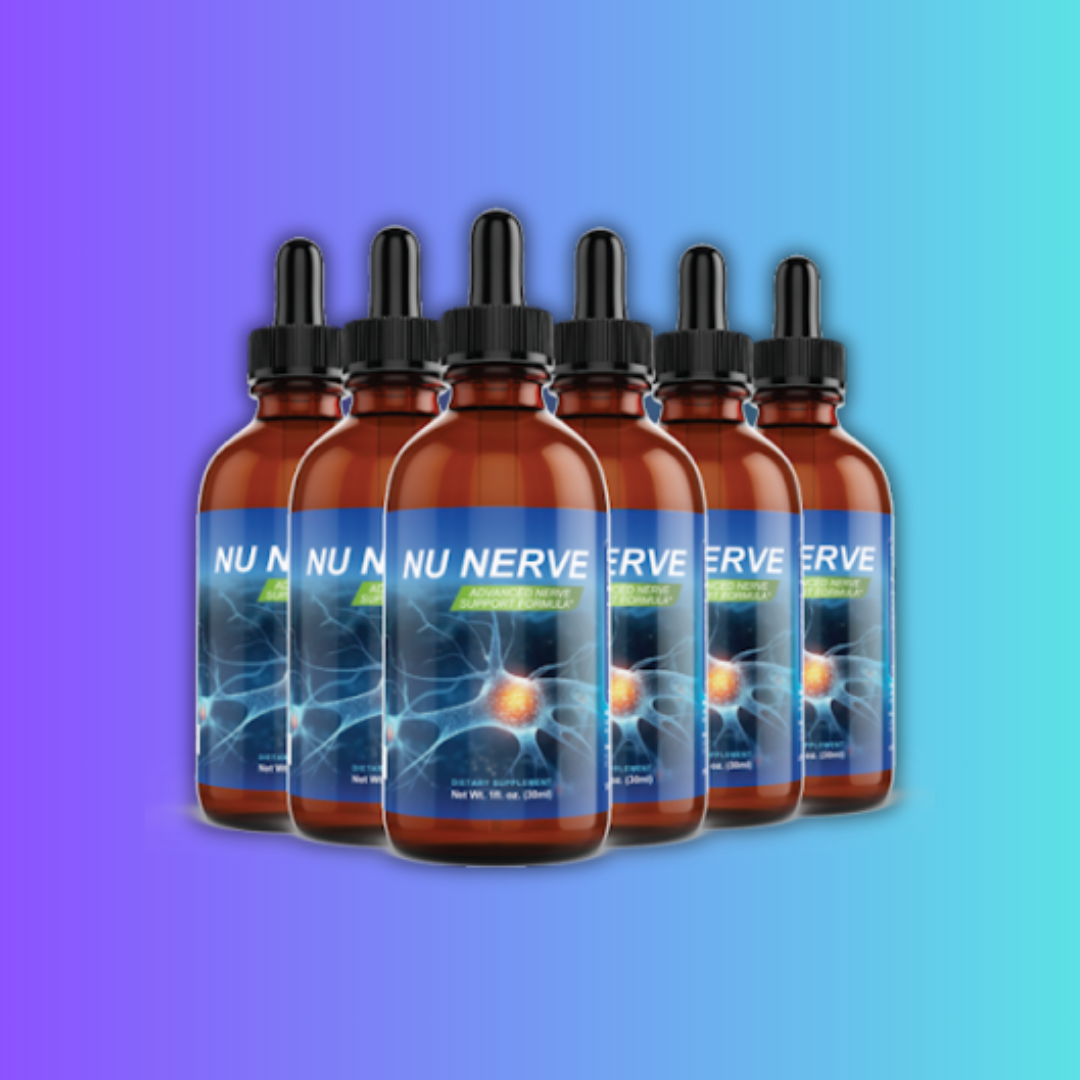
5 Hidden Strategies for Mastering Your Self-Sufficient Backyard in 2025
⭐ Ratings: 5/5 ⭐⭐⭐⭐⭐ (Over 10,000 satisfied homesteaders have tried it)
📝 Reviews: 90,000+ (probably even more by the time you read this)
💵 Original Price: $59
💵 Usual Price: $49
💵 Current Deal: Just $37 + $9.95 shipping
📦 What You Get: A Self-Sufficient Backyard Blueprint
⏰ Results Begin: Almost immediately—action leads to real progress
📍 Made In: 40 years of homesteading wisdom packed into one guide
🌱 Core Focus: Building a sustainable backyard garden and system
✅ Who It’s For: Anyone tired of the grocery store grind
🔐 Refund: 60 days—no hassle, no questions
🟢 Our Say: Highly recommended. 100% legit, no fluff.
👉👉Watch FREE DEMO VIDEO +90% Offer👈👈
Okay, take a breath. Deep breath, because if you're anything like most people diving into homesteading, you've probably felt overwhelmed by all the advice, blogs, videos, and "how-to" guides out there. You’ve seen the shiny Pinterest posts, the beautifully curated gardens that seem to grow without any problems. Then there's the pressure, right? You're just one person, and it all seems like way too much—too many decisions to make, too many methods to follow.
But what if I told you there are hidden opportunities, the ones that aren't often discussed in the usual homesteading circles, that could make your backyard journey so much easier—and so much more sustainable? Yep, you’re not imagining it. The secret lies in focusing on these underutilized strategies that actually work, and you’re about to learn exactly how to apply them.
Let’s stop with the noise and get down to what really works. Get ready to unlock the powerful hidden truths that will give you the edge in creating the self-sufficient backyard of your dreams. I promise, it’s simpler than you think.
👉👉Watch FREE DEMO VIDEO +90% Offer👈👈
1. Perennials: The Underrated Long-Term Investment
Why it’s overlooked:
Ah, the age-old debate: annuals versus perennials. People, and by "people," I mean most new gardeners, are obsessed with annual crops. They give you those instant results (who doesn’t love a tomato plant that’s giving you fruit in two months, right?). But here's where the hidden opportunity lies: perennials. These plants get overlooked because, frankly, they don’t give you an immediate payoff. You plant them, wait a season or two, and then—bam—they start producing year after year.
Why don’t more people talk about this? Simple—people don’t like to wait. They want quick rewards. The idea of planting something that takes a bit longer to establish seems like a waste of time. But here's the thing: once perennials are in the ground, they are low-maintenance, and the returns are steady and reliable.
Why it’s valuable:
Plant once and enjoy harvest after harvest. Think asparagus, rhubarb, and even fruit trees. Not only do they require minimal effort once established, but they also help improve your soil health over time. Plus, these plants aren’t just low-maintenance—they're also incredibly sustainable. One planting, and you’ve got years of yield to come.
How to apply it:
Start small with perennial herbs—things like thyme, oregano, or mint. They thrive with little care and are easy to grow. Once you're comfortable with those, incorporate fruit trees, berries, or artichokes into your garden.
Real-world example:
Tara, a homesteader in Vermont, started by planting rhubarb and blueberries in her backyard. By the end of the second season, she was harvesting blueberries like clockwork and using rhubarb in every dessert. Not only that, she didn’t have to plant new seeds year after year.
👉👉Watch FREE DEMO VIDEO +90% Offer👈👈
2. Greywater Systems: The Overlooked Water Resource
Why it’s overlooked:
Everyone talks about rainwater collection. You know, the classic barrels and downspouts. But here’s the truth: greywater systems are a hidden gem that no one is really discussing. Water from your laundry, bathroom sinks, or showers—it’s all perfectly good water that can be used again for irrigating your garden. Yet somehow, greywater is still overlooked in favor of rainwater harvesting. Maybe because it feels too “dirty” or “complicated.” But it’s really not. It’s a waste of resources if you don’t reuse it.
Why it’s valuable:
Greywater is a natural resource you’re already creating. By using water from your laundry, showers, and bathrooms, you can reduce your water bill and water your garden more sustainably. Plus, it’s a system that can be set up easily and inexpensively. Once you get started, greywater systems provide a self-sustaining way to irrigate your garden while saving on water costs.
How to apply it:
Start by using laundry water. Set up a simple diverter to send water from your washing machine to your garden beds.
Once you’re comfortable, expand to shower water. Add a basic filter system to clean out soaps and detergents before using it on your garden.
Real-world example:
In Austin, Texas, a couple installed a basic greywater system to use laundry water on their fruit trees. By the end of their first season, they saw a reduction in their water bill by 20%. Their trees thrived, and they were amazed at how simple it was to set up and how much water they could reuse.
👉👉Watch FREE DEMO VIDEO +90% Offer👈👈
3. Animal Integration: Natural Pest Control
Why it’s overlooked:
Here’s a dirty little secret: pest control doesn’t need chemicals. People think they need to buy expensive pesticides or spend hours manually removing bugs, but the truth is that animals can handle it for you. Chickens, ducks, and even ladybugs can clear your garden of unwanted pests while fertilizing the soil. Yet, most people overlook this because they assume animals are too much work or that it’s easier to just use chemicals.
Why it’s valuable:
Animals like ducks eat slugs, snails, and even mosquitoes, while chickens are fantastic for controlling bugs and aerating soil.
Chickens and ducks also provide fertilizer, and their waste helps improve your soil structure, reducing the need for expensive, synthetic fertilizers.
These animals become part of the ecosystem of your homestead, helping you get rid of pests and providing multiple resources, from eggs to meat.
How to apply it:
Start with chickens—they’re easy to manage and can be kept in smaller spaces.
For slug control, ducks are a great option. They’ll love your garden beds and, in turn, will make them healthier.
Real-world example:
In North Carolina, Sarah added ducks to her garden specifically to deal with slugs. The result? Zero slug damage to her plants, and her ducks got plenty of exercise and food, all while fertilizing her garden with their droppings. Win-win.
👉👉Watch FREE DEMO VIDEO +90% Offer👈👈
4. Companion Planting: Plants That Play Nice Together
Why it’s overlooked:
We all know about monoculture, right? That’s the method of planting one type of crop over and over again. But there’s a better way: companion planting. This strategy focuses on planting different crops next to each other to support one another—whether through pest control, enhanced growth, or soil enrichment. It’s one of the easiest yet most underutilized strategies in the gardening world. Why? Because not enough people talk about the synergy between plants.
Why it’s valuable:
Some plants can actually help improve soil health, deter pests, and boost each other’s growth.
For example, tomatoes and basil grow beautifully together, as basil helps repel pests and enhances the flavor of tomatoes. Beans help fix nitrogen in the soil, which is a natural fertilizer for crops like corn.
It’s a low-cost, natural way to boost productivity in your garden and reduce the need for synthetic fertilizers or pesticides.
How to apply it:
Pair tomatoes with basil to increase both flavor and pest control.
Grow beans alongside corn to increase nitrogen in the soil and maximize yields with minimal effort.
Consider marigolds for pest control and to keep insects at bay.
Real-world example:
Daniel started companion planting in his Florida garden, pairing beans with corn and basil with tomatoes. By the end of the season, his tomato plants were healthier and more productive, and his corn thrived thanks to the nitrogen-rich soil the beans helped create.
👉👉Watch FREE DEMO VIDEO +90% Offer👈👈
5. Mulching: The Overlooked Soil Savior
Why it’s overlooked:
It’s often seen as just a cosmetic addition or a nice-to-have—but mulch is more than that. In fact, it’s one of the best-kept secrets of successful gardeners. Yet, too many people underestimate its power. Mulch helps your garden in so many ways that it should be your go-to tool.
Why it’s valuable:
Mulch retains moisture, reduces weed growth, and improves soil structure over time.
It keeps your garden beds cooler in the summer, warmer in the winter, and helps prevent soil erosion during storms.
The best part? It’s cheap, easy, and effective.
How to apply it:
Apply 2-4 inches of mulch around your plants to retain moisture and control weeds.
Use organic materials like wood chips, straw, or grass clippings—these break down and improve the soil.
Real-world example:
In Washington, a gardener mulched his vegetable garden with wood chips. The result? His water usage decreased by nearly 30%, and the soil remained moist and healthy throughout the summer, without needing frequent irrigation. Plus, he spent less time weeding.
Unlock the Secrets to Your Self-Sufficient Backyard
The self-sufficient backyard you dream about doesn’t have to be complicated or overwhelming. By focusing on these hidden opportunities, such as perennials, greywater systems, animal integration, companion planting, and mulching, you can simplify the process while still reaping huge rewards.
Start small, make gradual changes, and watch your homesteading dreams turn into reality. Your self-sufficient backyard is waiting.
👉👉Watch FREE DEMO VIDEO +90% Offer👈👈
Related hashtags:
#SelfSufficientBackyard #SelfSufficientBackyardReview #SelfSufficientBackyardReviews2025 #SelfSufficientBackyardAppReview2025 #SelfSufficientBackyardBonus #SelfSufficientBackyardProduct #SelfSufficientBackyardPrice #SelfSufficientBackyardOffers #SelfSufficientBackyardBonuses #SelfSufficientBackyardBuy #SelfSufficientBackyardWebsite #SelfSufficientBackyardSite #SelfSufficientBackyardApp #SelfSufficientBackyardHonestReviews #SelfSufficientBackyardLatestReviews #SelfSufficientBackyardUsersExperience #SelfSufficientBackyardUsersReview #SelfSufficientBackyardDemo #SelfSufficientBackyardTutorial #SelfSufficientBackyardPurchaseOnline #SelfSufficientBackyardBuyIt










Write a comment ...